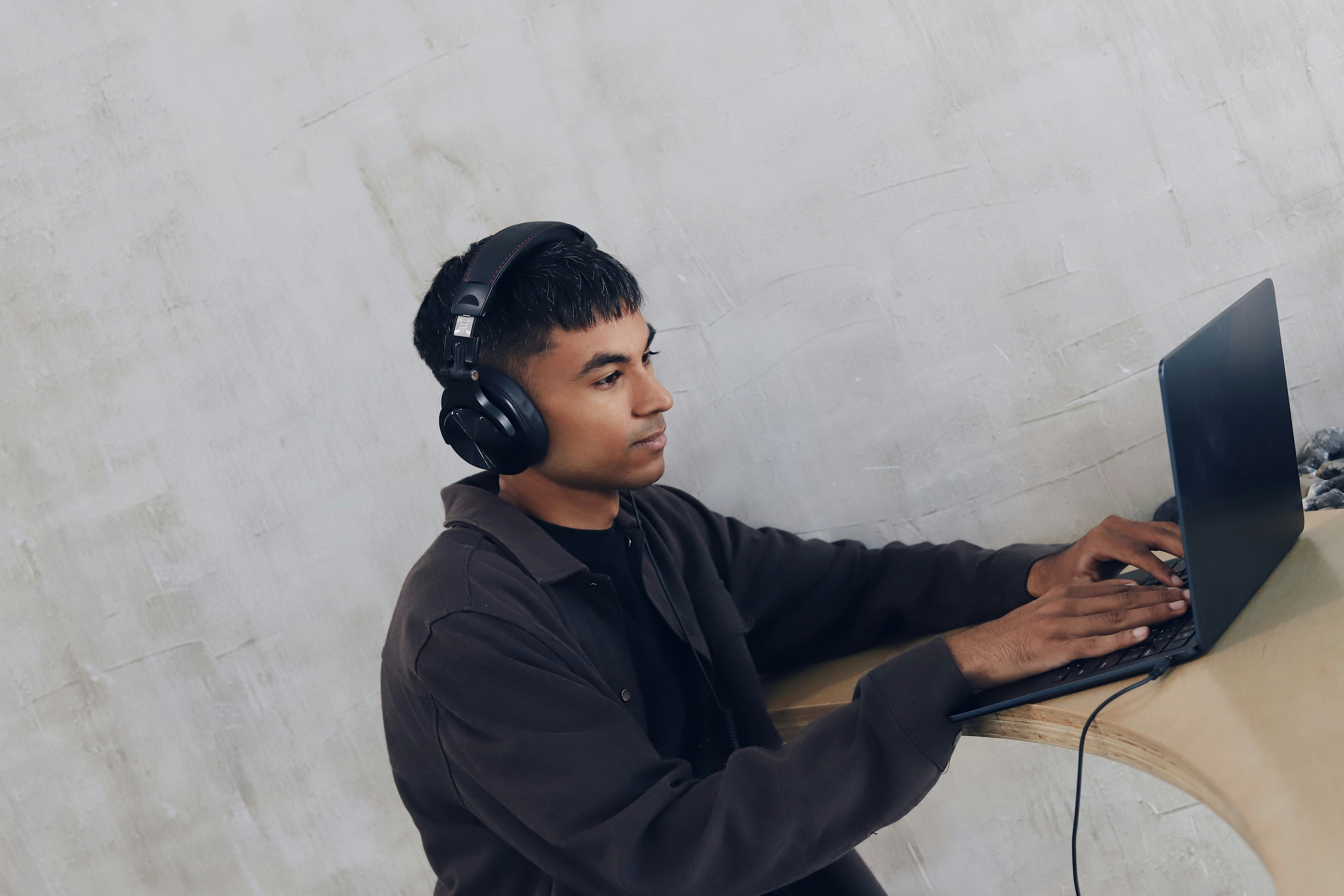Don't know what to wear? This AI could create an outfit for you

It works by combining two AI algorithms.
Image: REUTERS/Stringer
Stay up to date:
The Digital Economy
Artificial intelligence (AI) has the potential to radically improve our lives, from increasing global food production to helping to treat disease and shielding us from cyber attacks.
But here’s the rub: there are serious concerns that advances in technology will leave millions of people without jobs. A recent report by consultancy firm PwC found that in the UK, 30% of all jobs are at risk, including 2.25 million in the wholesale and retailing sectors.
For those in the fashion industry, this concern may be exacerbated by the development of an AI model capable of learning how a person likes to dress and inventing new outfits based on their preferences.

The system was developed by scientists at the University of California, San Diego, and Adobe Research.
It works by combining two AI algorithms. The first is a convolutional neural network (CNN) that uses Amazon purchase data to learn a person’s preferences for certain products and suggest similar items – a feature that is already used by many online shopping sites.
However, the CNN data is then combined with a general adversarial network (GAN), which can be used to generate new images of items that are deemed most consistent with a person’s preferred style.
In other words, it has the potential to choose a variety of outfits based on products you have either searched for or purchased in the past. This is in addition to helping design new clothes and modifying existing outfits, the researchers say.

While the tool is clearly exciting, it is not quite at a stage where it can actually choose a new outfit or replace a shopping assistant – but the idea has piqued the interest of several major technology companies.
Fashion forward
Last year, for example, Amazon’s Lab126 research and development arm developed a similar algorithm designed to analyze images and use the information to generate new styles.
Speaking to university magazine MIT Technology Review about this AI, Cornell University professor Kavita Bala said: “There’s been a whole move from companies like Amazon trying to understand how fashion develops in the world. This is completely changing the industry.”
In a similar vein, Google recently created an AI model that can accurately predict which images a human would like according to their aesthetic appeal.
According to Google, its Neural Image Assessment tool can be used to compare the quality of different versions of the same image, which may have been distorted in various ways, while also being used to enhance the perceptual quality of an image.
It could also be used to improve picture-taking in real-time and assist in the editing process, its developers claim.
Don't miss any update on this topic
Create a free account and access your personalized content collection with our latest publications and analyses.
License and Republishing
World Economic Forum articles may be republished in accordance with the Creative Commons Attribution-NonCommercial-NoDerivatives 4.0 International Public License, and in accordance with our Terms of Use.
The views expressed in this article are those of the author alone and not the World Economic Forum.
Forum Stories newsletter
Bringing you weekly curated insights and analysis on the global issues that matter.
More on Emerging TechnologiesSee all
Ivan Shkvarun
July 25, 2025
Anil Gupta and Wang Haiyan
July 25, 2025
Mark Esposito
July 24, 2025
Anthony Cano Moncada
July 23, 2025
Manikanta Naik and Murali Subramanian
July 23, 2025
Kate Whiting
July 21, 2025





